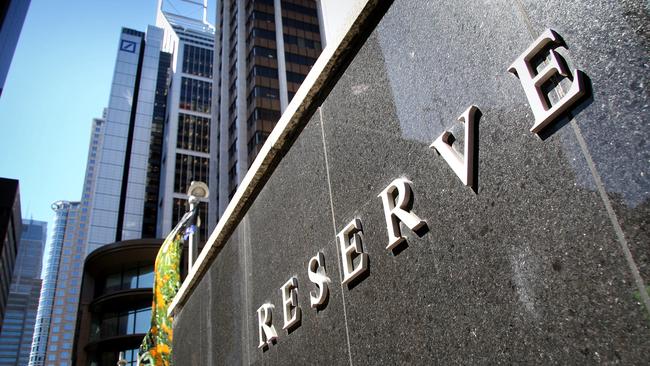Units boom to trigger defaults and price falls, warns RBA
The massive number of apartment blocks approaching completion could send some of their developers broke.

The Reserve Bank has warned that the massive number of new apartment blocks approaching completion could send some of their developers broke and leave the banks nursing big losses.
The bank estimates that almost 40,000 inner-city apartments will be completed over the next two years in Melbourne, Brisbane and Sydney, and says there is a danger that buyers will default because of falling prices and the difficulty of obtaining finance.
“These risks appear greatest in inner-city Brisbane and Melbourne, where the new supply is largest relative to the existing dwelling stock,” the Reserve Bank said in its latest review of the stability of the Australian financial system, released yesterday.
The RBA said the chance of sales falling through had been increased by new bank restrictions on lending to buyers with foreign incomes, aimed mainly at Chinese investors, and by more rigorous requirements being imposed by the banks on mortgage borrowers generally.
“There are signs that some settlements are taking longer and lending valuations are coming in below their contract price, though settlement failures to date remain low,” the bank said.
The apartment building boom has contributed to the strong economic performance of the eastern states and has been supported by strong price growth, with Sydney prices almost doubling since the financial crisis and Melbourne prices rising 80 per cent. It has also been driven by Chinese investors, who are allowed under foreign investment regulations to buy properties “off-the-plan”.
The Reserve Bank’s concerns are shared by the banking regulator, the Australian Prudential Regulation Authority, whose chairman Wayne Byers told a parliamentary committee yesterday that the biggest exposures to the apartment boom were being taken on by foreign — principally Asian — banks, rather than by the big four Australian banks.
The Reserve Bank estimated that 16,000 new apartments in Melbourne over the next two years would add about 18 per cent to the city’s stock of inner-city housing, while an additional 12,000 in Brisbane would add 15 per cent. In Sydney, by contrast, the increase is only about 6 per cent and the 10,000 new apartments scheduled for completion over the next two years are more widely spread across the inner city.
The bank said apartment prices and rents were weaker in Melbourne and Brisbane, while vacancies were higher.
“If apartment markets were to turn down and settlement difficulties become more widespread, banks would be more likely to incur some loan losses,” the Reserve Bank said.
The real estate industry believes the new supply can be managed without disruptive price falls.
Real Estate Institute of Queensland chief executive Antonia Mercorella said while Brisbane’s inner-city apartment vacancy rate was starting to rise, she did not think the city was facing a damaging glut.
“What we are seeing in the inner city is unprecedented, we are in new territory,” Ms Mercorella said. “That is always going to ignite some concern and feelings of fear. But in our opinion the stock that is coming on to the market is going to be absorbed.”
Ray White chairman Brian White said it could be argued that developers went “too hard” in Brisbane, but said the other metropolitan markets were in good shape.
Although more apartments are being built in Melbourne and Brisbane, Sydney’s higher property prices mean the banks’ exposure is greater there, at between $20 billion and $30bn. In Melbourne and Brisbane, the bank exposure is between $10bn and $20bn.
However, because Sydney prices have risen so far, they would have to fall a lot further before inflicting losses on lenders, the Reserve Bank concluded.
It has modelled the effect on the banks if between 5 and 15 per cent of the contracted buyers of apartments defaulted. However, it found that bank losses would remain low, at less than $200m, provided apartment prices did not fall by more than 25 per cent.
It said housing default rates in Australia had historically been very low, about 0.5 per cent, with home buyers having a high level of collateral.
The Reserve Bank noted that during the global financial crisis, house prices fell by between 30 and 50 per cent in the most severely affected nations. “However, Australia is not facing the same economic and financial headwinds as Spain or Ireland did during the financial crisis,” it said.
Additional reporting: Richard Gluyas, Scott Murdoch




To join the conversation, please log in. Don't have an account? Register
Join the conversation, you are commenting as Logout